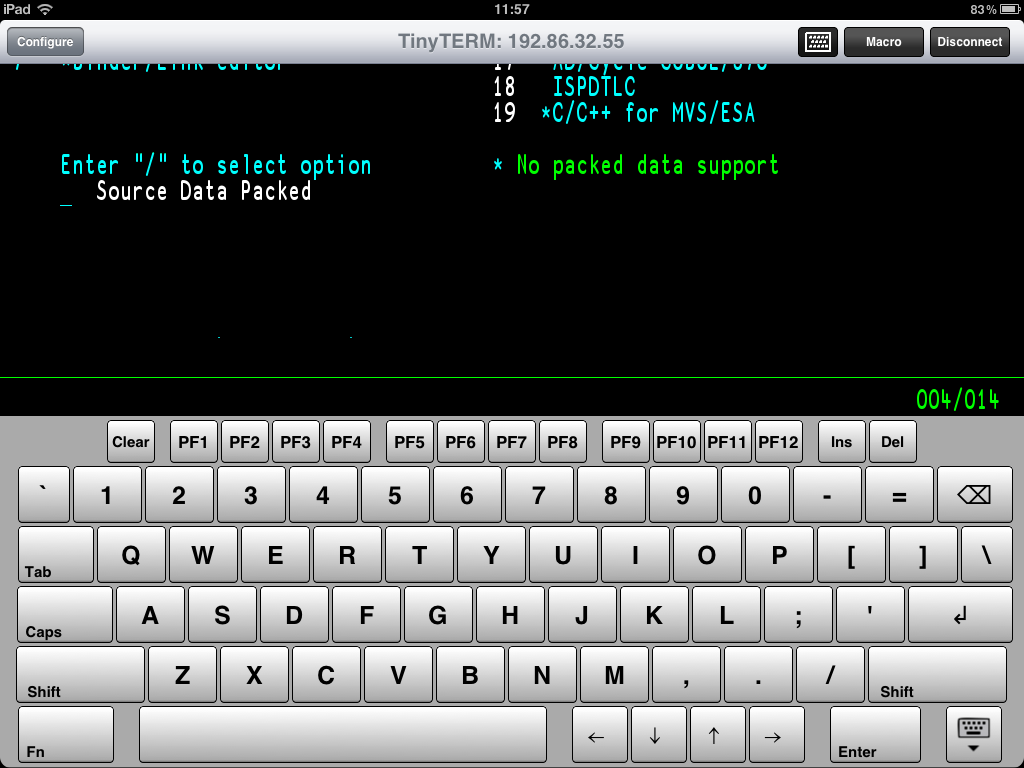

The next step was to connect up a real I 2C device to the bus and see if I could detect it with i2cdetect.Īlthough both the LCD and the laptop are 5 volt devices I wasn’t sure how much current the laptop could source on pin 9, so I opted to buffer the devices using a Freetronics level shifter which effectively isolates the laptop from the high current LED backlight on the LCD panel.


I 2C adapter talking to an I 2C IO expander Importantly, I 2C is also used as the protocol to detect an external monitor, where it goes under the name DDC2b. If you’ve used the lmsensors package in Linux, or have heard of SMBus, this is basically a variant of I 2C.
#Tinyterm po characters serial
It’s has been used inside every PC and laptop for decades as a slow speed serial protocol for interfacing with simple devices like temperature sensors. I 2C isn’t just used on microcontrollers like the Arduino. If you’re patient you can bit bang the protocol using a few resistors and tack switches. The I 2C bus is a low speed two wire serial bus mainly used for connecting sensors and microcontrollers together.īut, you don’t even need a microcontroller to use I 2C. The first piece of the puzzle is the I 2C bus. There are several parts to this presentation. It was inspired by a recent post on Hack-a-Day. This talk is about a experiment to see if I could drive I 2C devices from Go through my laptop’s VGA port. You can find the original slides online at. This post is about Tinyterm, a silly hack that I presented as a lightning talk at last month’s Sydney Go User group 1.


 0 kommentar(er)
0 kommentar(er)
